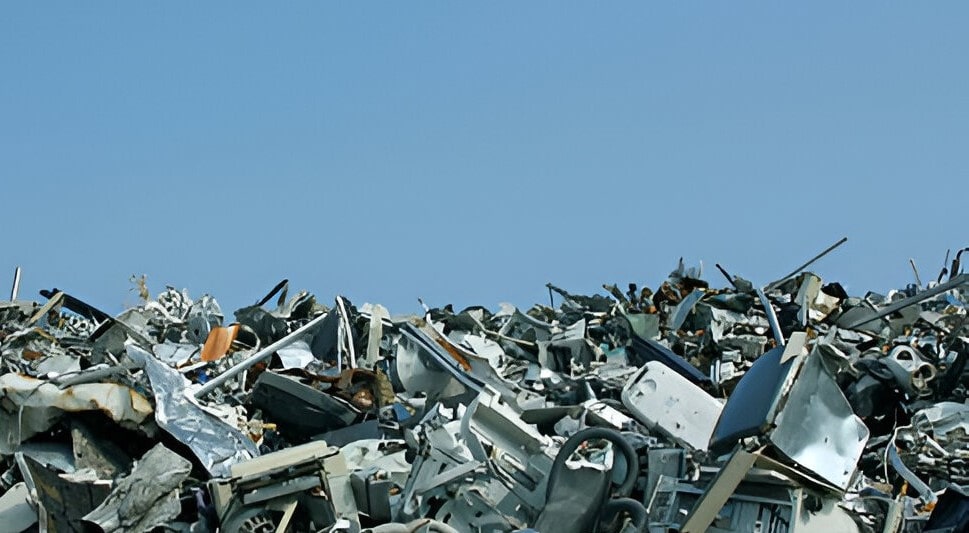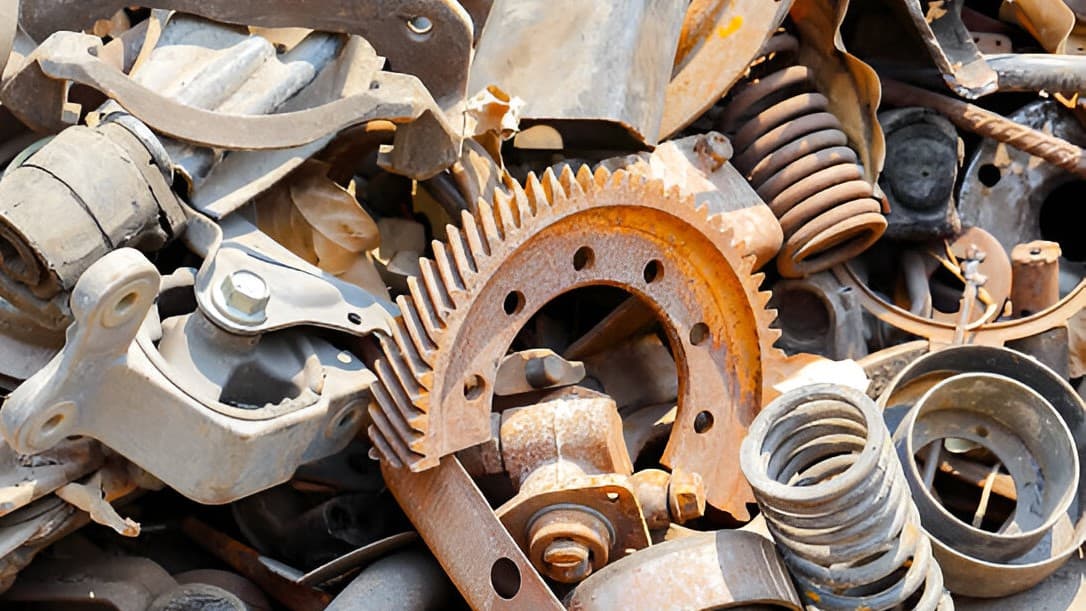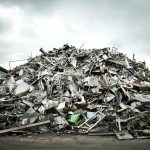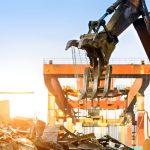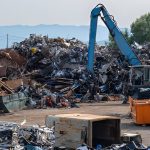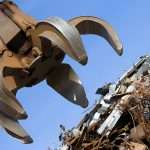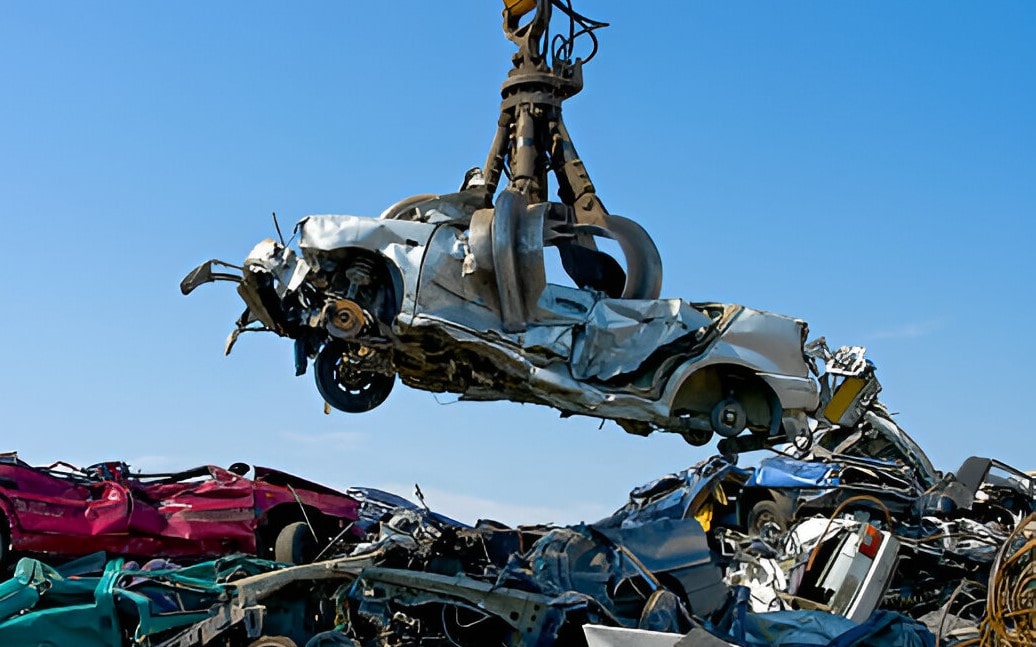
When scrap metal is collected and loaded onto trucks, many assume that’s the end of the story. In reality, it’s just the beginning of an intricate and purposeful journey. From scrapyards in Dubai to advanced processing facilities, scrap metal follows a carefully managed route designed to maximise recovery, reduce waste, and contribute to a sustainable economy.
This blog will walk through each step of the process, answering the question: What really happens to scrap metal after it leaves the yard?
At Enviro Values, we believe understanding this process helps businesses see the value and importance of recycling more clearly.
1. Initial Transport and Delivery
Once scrap metal is weighed, sorted, and sold at a scrapyard, it’s transported to a specialised processing centre. These facilities are often located in industrial zones around Dubai or shipped to approved regional centres.
The material is sorted by type before transport:
- Ferrous metals (steel, iron)
- Non-ferrous metals (copper, aluminium, brass, stainless steel)
- Mixed or contaminated metals (requiring extra sorting)
Transportation is conducted using bulk trucks or containers, with strict attention to safety and environmental regulations.
2. Advanced Sorting and Grading
Even after leaving the yard, scrap metal requires further refinement. Processing centres use advanced technology to separate the metals more accurately.
Common sorting techniques include:
- Magnetic separation to isolate ferrous metals
- Eddy current systems for non-ferrous metal recovery
- X-ray fluorescence (XRF) for detecting specific alloys
- Manual inspections for hazardous or non-metal elements
The goal is to achieve a high degree of purity so the metal can be reused efficiently. In Dubai’s regulated recycling sector, these processes ensure compliance with both quality standards and environmental expectations.
3. Cleaning and Pre-Processing
Before melting can take place, the scrap is cleaned and prepared. This step removes paint, coatings, plastics, oil residues, or non-metal attachments.
Cleaning processes may involve:
- Shearing or cutting oversized pieces
- Shredding for easier melting
- Preheating to remove contaminants like grease or moisture
Effective cleaning not only improves the quality of the recycled product but also ensures the safety and efficiency of the furnace operations that follow.
4. Melting and Refining
Once sorted and cleaned, the metal is melted in large industrial furnaces. Each metal type has a specific melting point and requires different handling.
- Steel and iron are typically melted in electric arc furnaces.
- Aluminium and copper use induction furnaces for precise temperature control.
This stage is energy-intensive but far less demanding than extracting and processing raw ore. Melting scrap metal uses up to 95% less energy compared to producing new metal from virgin materials.
Once molten, the metal is refined—chemicals may be added to remove impurities and enhance strength or flexibility depending on its future use.
5. Casting or Rolling into Usable Forms
After refining, the liquid metal is poured into moulds or fed through rollers to form basic industrial shapes such as:
- Billets
- Sheets
- Bars
- Coils
- Ingots
These forms are easier to transport and ready to be reshaped into new products. In Dubai’s construction and manufacturing industries, this recycled metal re-enters the supply chain through local and international buyers.
6. Reuse in Manufacturing
The final stage in the scrap metal lifecycle is its reintegration into production. Recycled metal is used to make:
- Construction materials (rebar, beams, pipes)
- Automotive parts
- Electrical components
- Packaging (aluminium cans, foil)
- Appliances and electronics
Manufacturers prefer recycled metal due to its cost-effectiveness and lower carbon footprint. For many Dubai-based industries, using recycled content is also part of their ESG and sustainability reporting.
Why This Process Matters
Each stage of scrap metal’s journey serves a purpose beyond profit. The environmental and economic impact is significant:
- Reduces demand for mining
- Lowers greenhouse gas emissions
- Cuts industrial energy use
- Creates jobs in sorting, transport, and processing
At Enviro Values, we are committed to not just collecting scrap metal, but ensuring it’s processed in a way that supports Dubai’s long-term environmental goals.
FAQs
1. Does all scrap metal collected in Dubai get recycled locally?
Not always. While much of it is processed locally, certain high-volume or specialised scrap may be shipped to regional or global recycling centres depending on demand and facility capacity.
2. How is metal scrap prepared before being reused in manufacturing?
It’s sorted, cleaned, melted, refined, and cast into forms that are then used by manufacturers. Each step enhances the metal’s usability and purity.
3. Can scrap metal be recycled multiple times?
Yes. Metals like aluminium and copper can be recycled indefinitely without losing their properties, making them highly sustainable materials.
4. What role does Enviro Values play after collection?
We partner with trusted processors, ensure compliance with quality standards, and provide clients with responsible, traceable scrap metal management from collection to final reuse.


